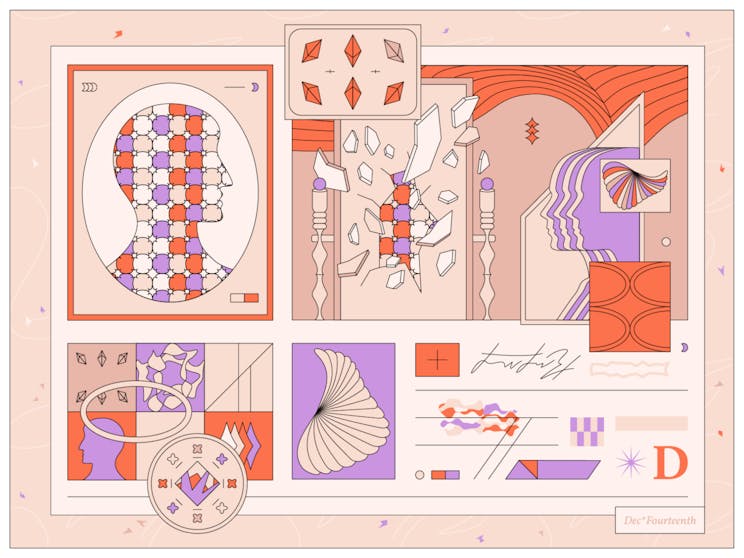
As designers, we have an enormous responsibility to shape the world. We identify patterns and develop empathy to build products or services with a high frequency of use and a high perceived value. But how can we create experiences capable of solving a problem when there’s an infinite combination of people and contexts?
To engage users to act repeatedly, we need to understand their underlying psychology: what are the reasons behind what drives user behaviour?
For starters, every interaction a person has with a digital product follows the same pattern:
Information — User filters the information
Significance — User looks for its meaning
Time — User takes an action within a time frame
Memory — User stores fragments of the interaction in their memory
For each of these stages of interaction, I’ve compiled a list of the most relevant design principles and cognitive biases that will help you to build habit-forming products. Let’s get straight into it.

The first stage of a users’ interaction with your product is filtering the information in front of them. Here are a few psychological principles to follow when designing for this stage of the interaction.
Hick’s law is a psychological principle that states that the time required to make a decision increases with the number and complexity of options presented.
Design Tips:
Priming is a phenomenon that affects a type of implicit memory that acts automatically and influences decision-making by temporarily increasing access to units of knowledge related to stimuli previously seen.
Design Tip: